Gandhak ki Baoli
A 13th-century solution to Delhi’s water crisis
Delhi’s relationship with water has always been complicated and the Gandhak ki Baoli is no different.
As the ancient city struggled with water scarcity, particularly during the scorching summer months, the medieval population came up with clever solutions, including the construction of baolis, or stepwells. These remarkable structures collected and stored water during monsoon season, ensuring a year-round water supply.
The legend behind Gandhak ki Baoli
Among Delhi’s numerous baolis, Gandhak ki Baoli holds special significance.
Built during Sultan Shamsuddin Iltutmish‘s reign (AD 1296-1316), this historic stepwell earned its name from its sulphur-rich waters. Local legend tells of the Sultan’s swift action to build the baoli after learning that Hazrat Qutbuddin Bakhtiyar Kaki, a respected Sufi saint, lacked water for his daily rituals.
This story highlights how the baoli served both practical and spiritual purposes in medieval Delhi.
Architectural features and design
Gandhak ki Baoli showcases a straightforward yet effective design. The structure comprises five levels that become narrower as they descend, helping it withstand underground pressure. Unlike other ornate baolis of the era, this one features plain walls built from rough stone and rubble.
The top level includes a simple covered area supported by slender pillars, similar to those found in the nearby Qutb complex.
The baoli’s design reflects the architectural expertise of medieval Delhi. These step wells weren’t merely water sources; they served as community gathering spaces where people could escape the intense heat. The chambers and passages opposite the main staircase provided cool refuge for locals.
Current challenges and preservation
Today, Gandhak ki Baoli faces numerous challenges. The once-pristine water now suffers from pollution, with blanket weed and rubbish contaminating the well. While local children once used it for recreation, this tradition has largely disappeared due to the deteriorating conditions.
The rapid urbanisation of Delhi poses a significant threat to this historic baoli.
Unauthorised construction and dense population growth endanger its structural integrity. Despite the Delhi High Court’s intervention in 2014 regarding encroachment issues, the problem persists, highlighting the ongoing struggle between heritage preservation and urban expansion.
Summary
Gandhak ki Baoli represents an important chapter in Delhi’s water conservation history. While this medieval marvel once served as both a practical water source and a community hub, it now faces significant preservation challenges. The story of this historic step well reminds us of the importance of protecting cultural heritage sites while adapting to modern urban development needs.

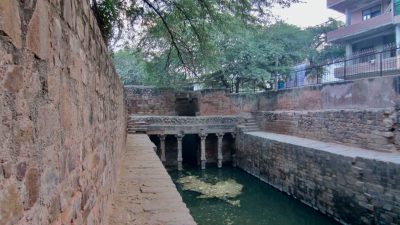
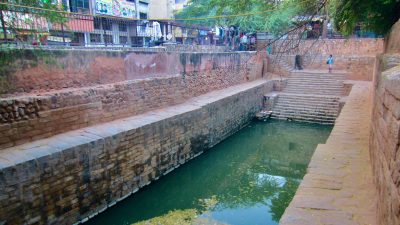
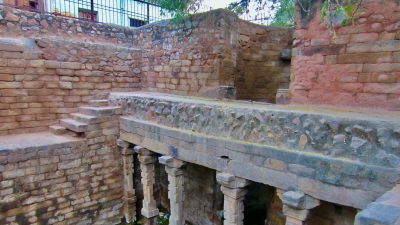
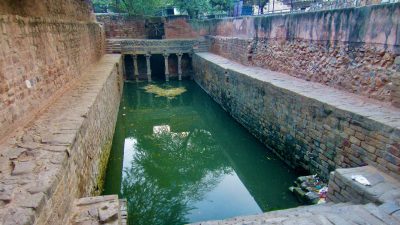
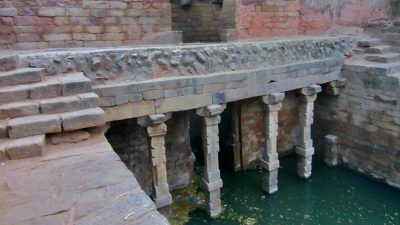

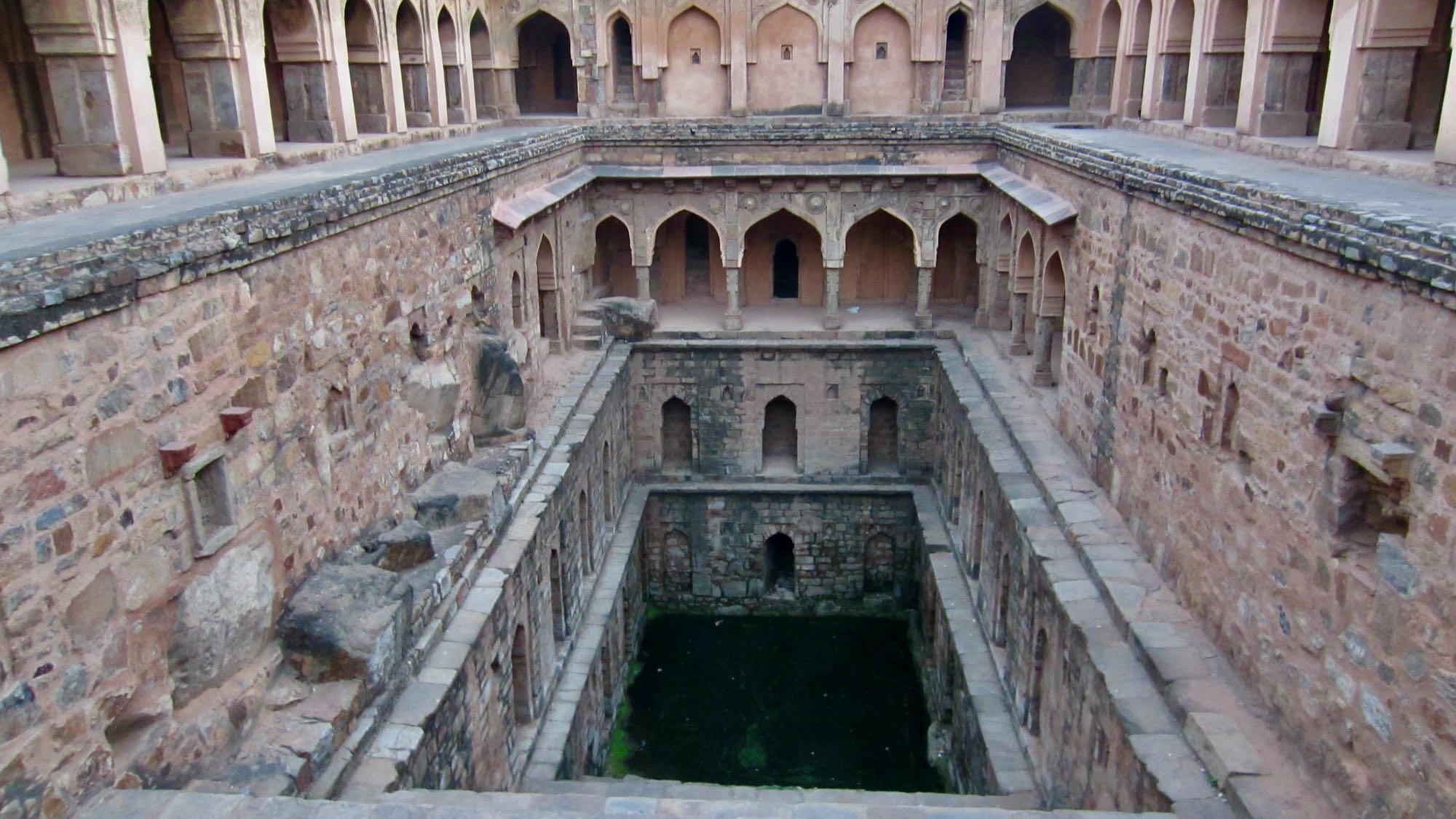
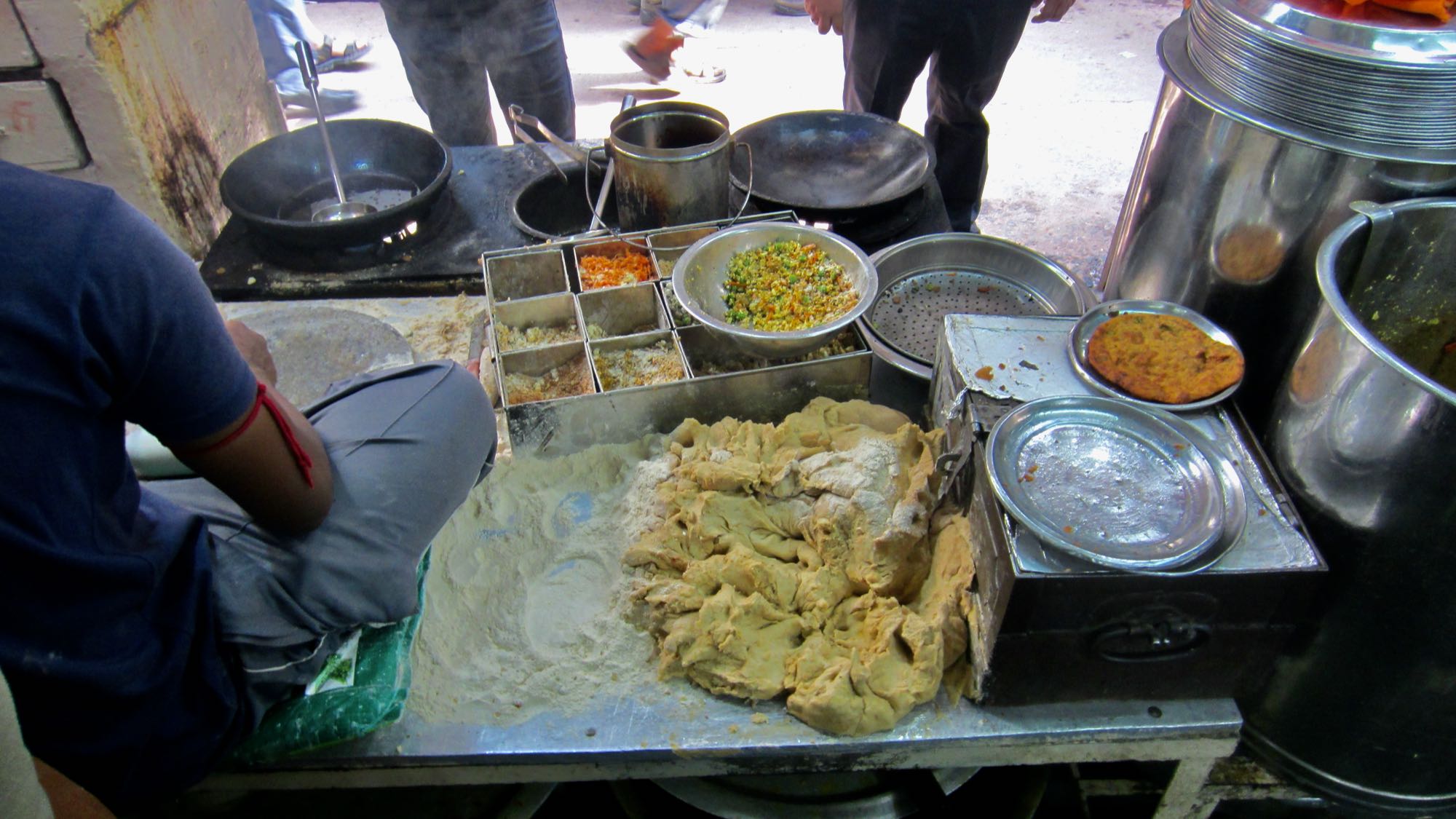
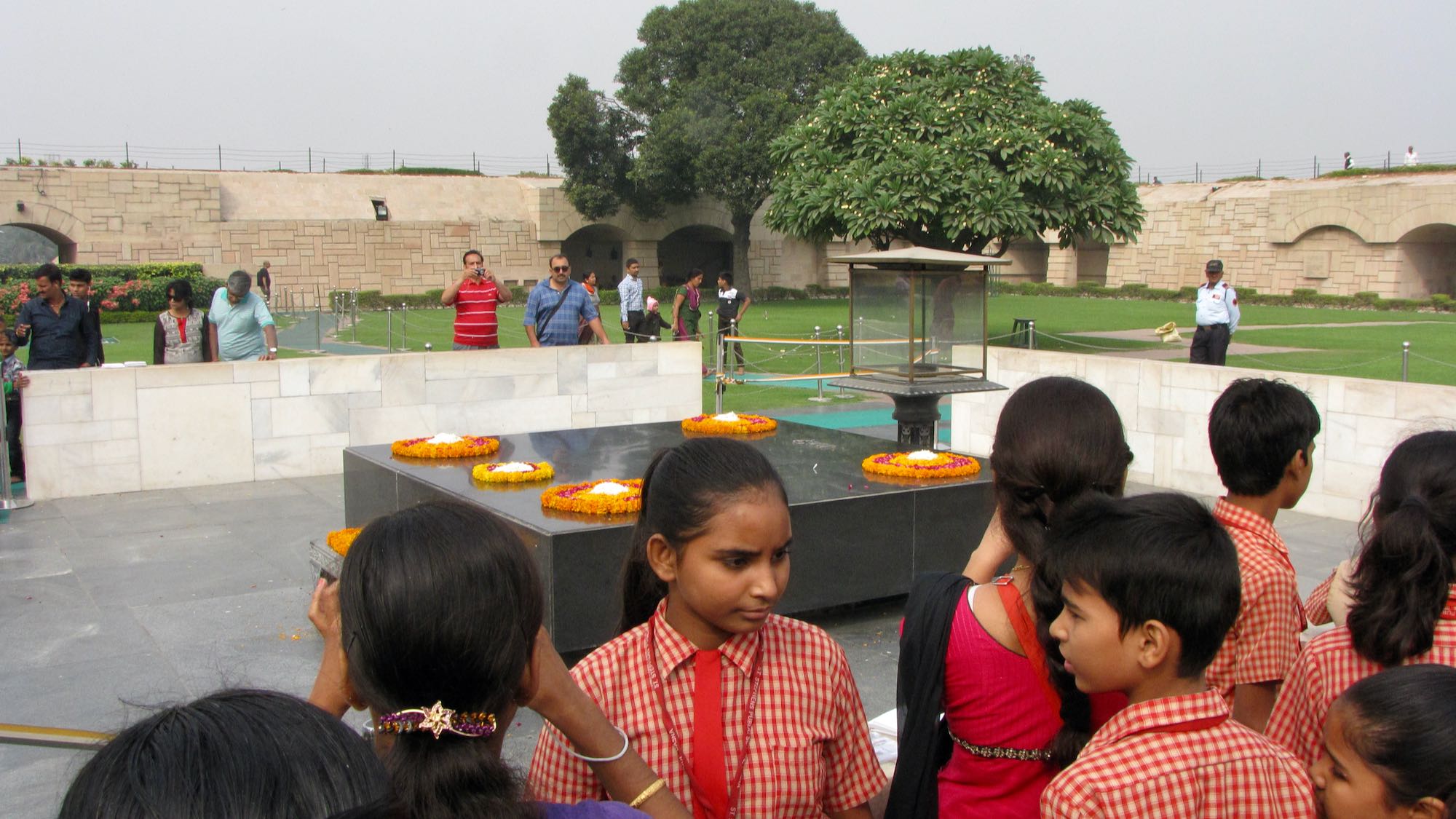
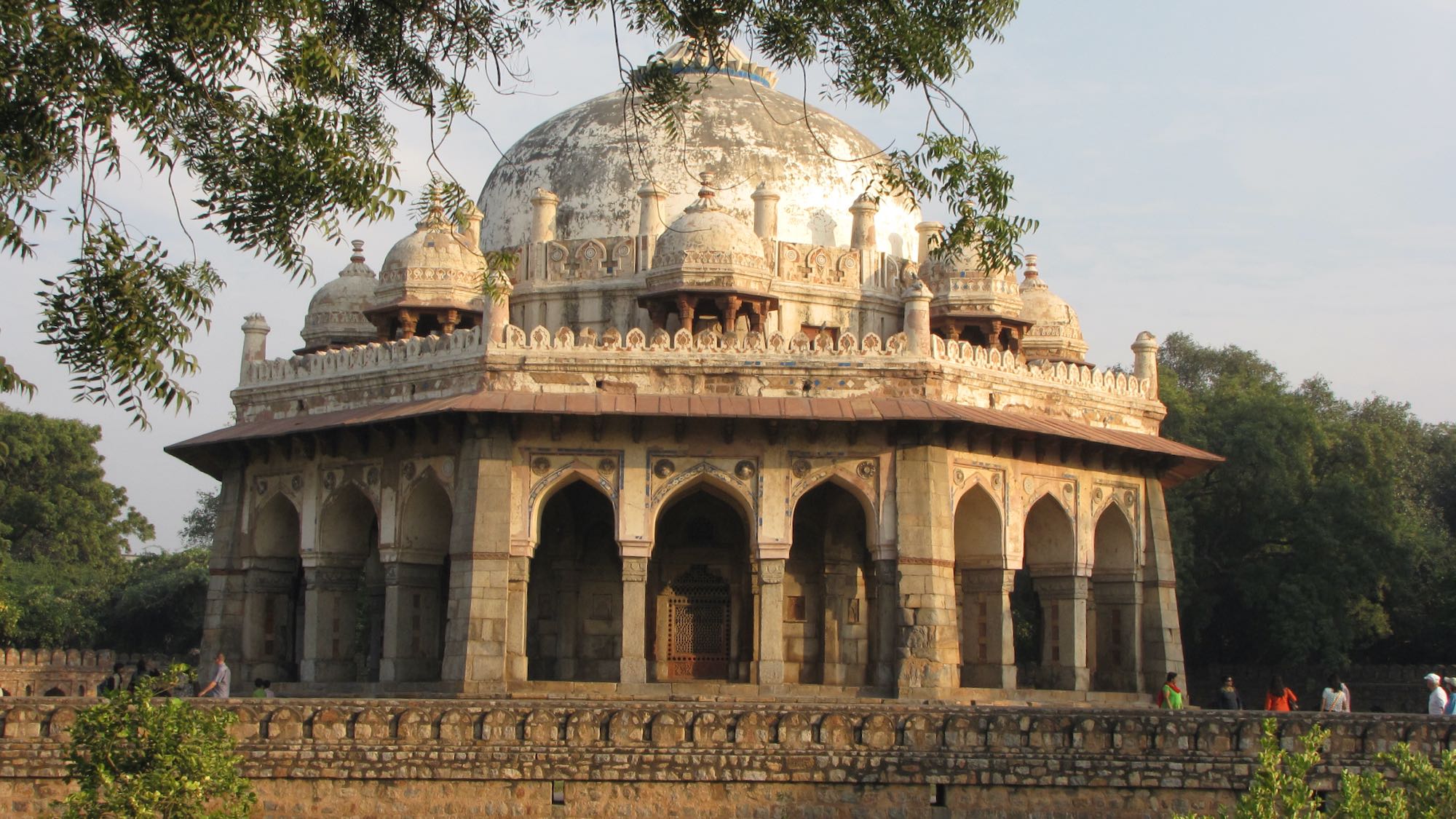

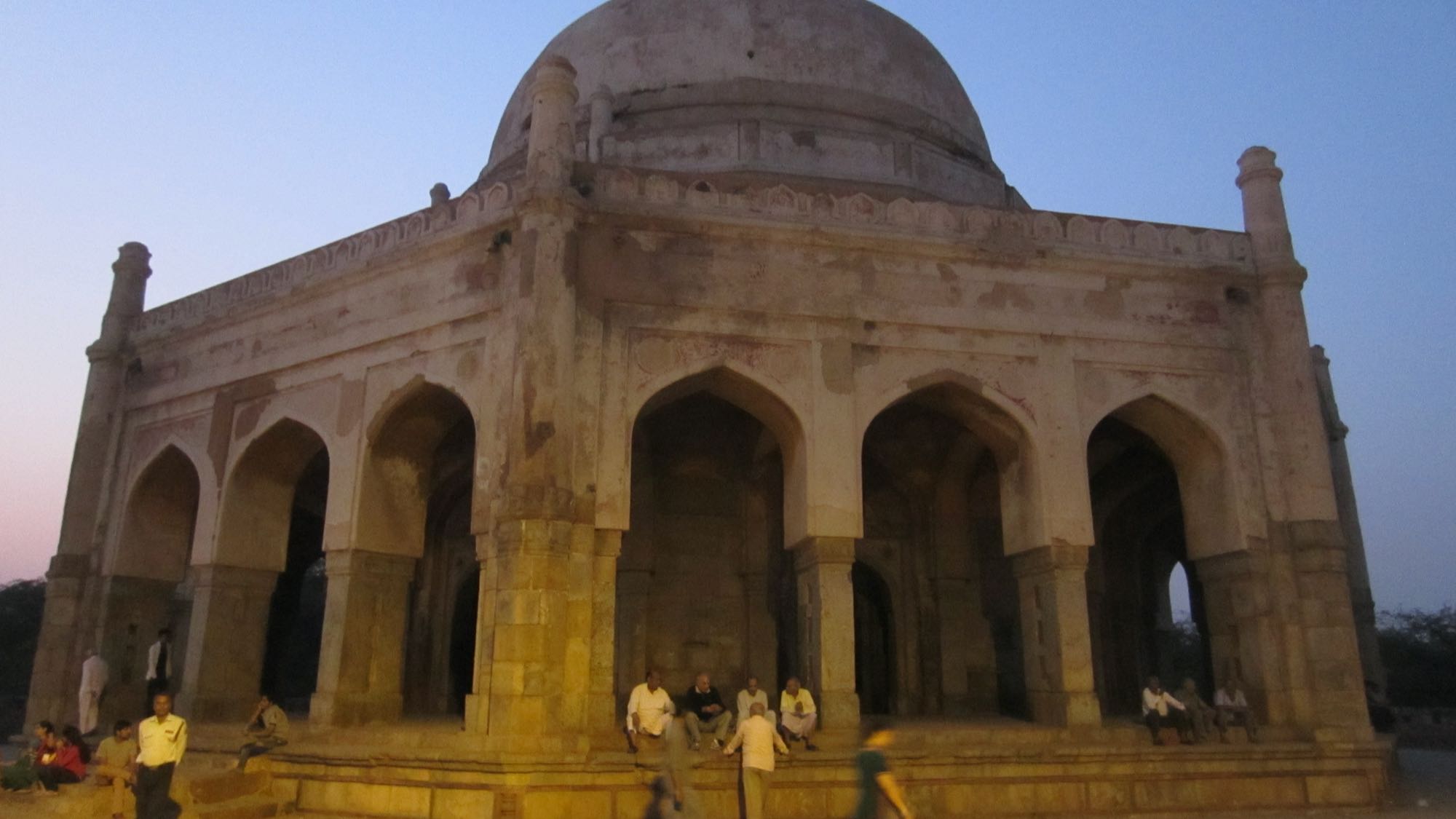

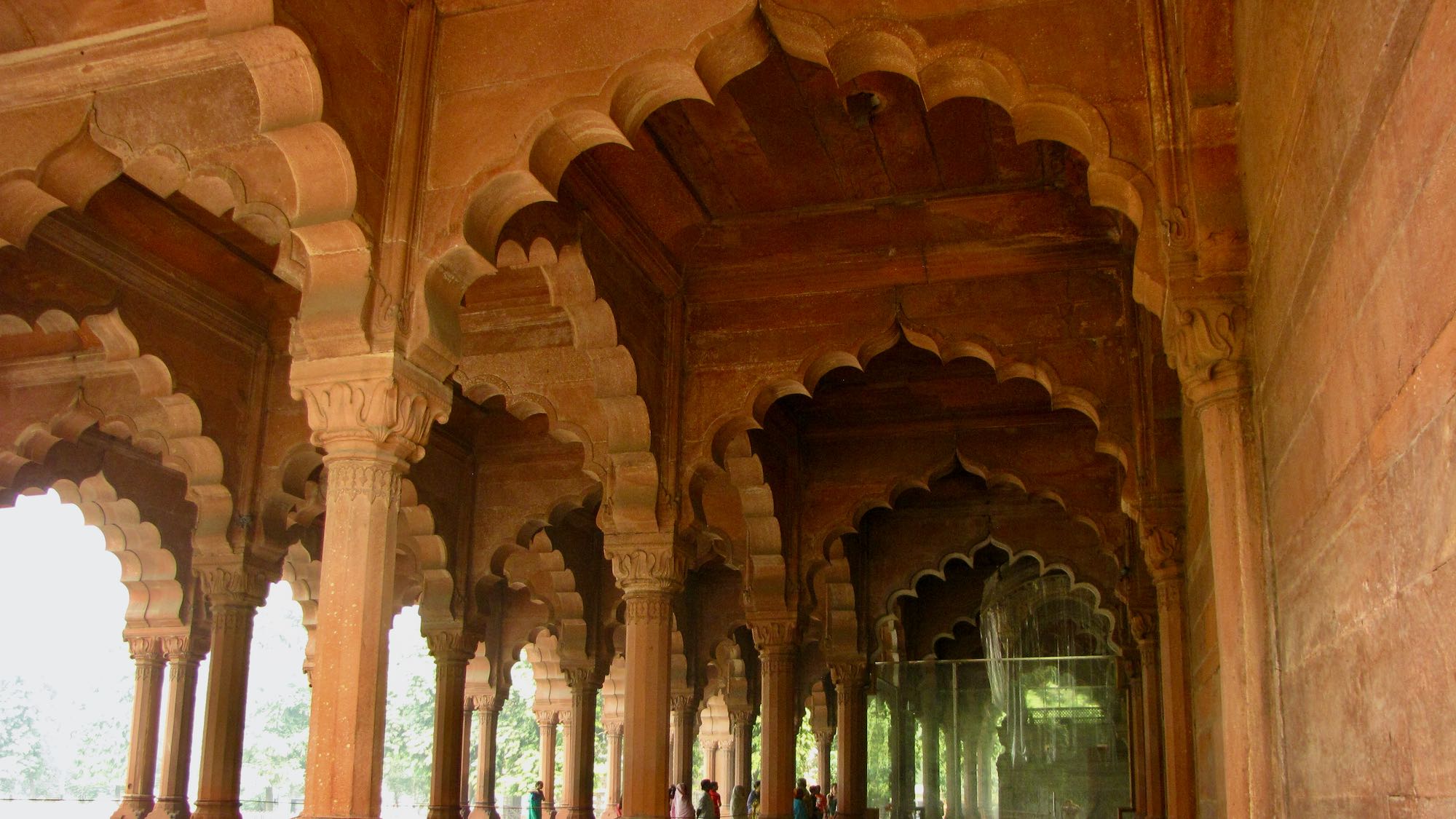


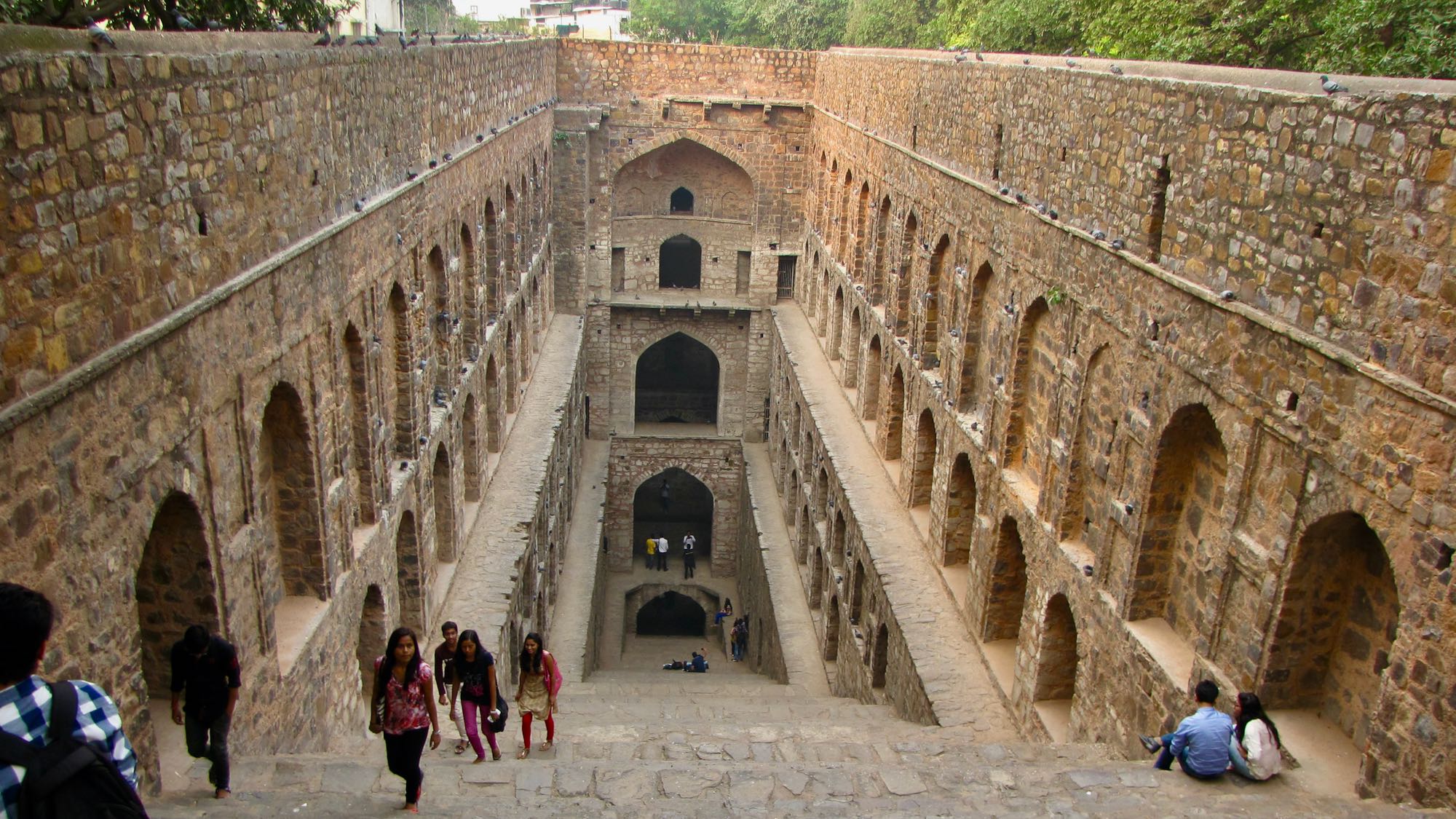
Leave A Comment